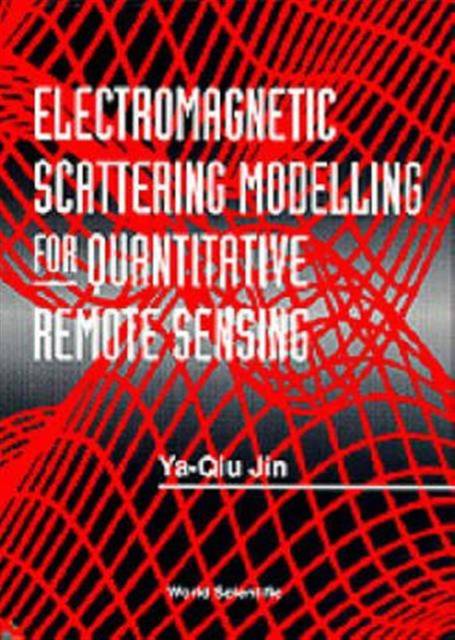
- Afhalen na 1 uur in een winkel met voorraad
- Gratis thuislevering in België vanaf € 30
- Ruim aanbod met 7 miljoen producten
- Afhalen na 1 uur in een winkel met voorraad
- Gratis thuislevering in België vanaf € 30
- Ruim aanbod met 7 miljoen producten
Zoeken
€ 139,95
+ 279 punten
Omschrijving
Advances during the last two decades in radio electronics, space science and computers have turned remote sensing technology into one of the most effective tools for global exploration and environmental monitoring. This book is a comprehensive account of the theoretical models and techniques required for a full interpretation of the rich images and data that remote sensing can provide. Starting with the basics of vector radiative transfer and scattering theory, the book goes on to develop quantitative methods involving most comprehensive models of discrete scatters, continuous random media and randomly rough surfaces. References are constantly made to real-world parameters and models involved in the probing of different types of geographical terrain. The book is intended as an introductory graduate text and a research reference. It assumes a reasonable foundation in electromagnetism and common techniques in mathematical physics.
Specificaties
Betrokkenen
- Auteur(s):
- Uitgeverij:
Inhoud
- Aantal bladzijden:
- 348
- Taal:
- Engels
Eigenschappen
- Productcode (EAN):
- 9789810216481
- Verschijningsdatum:
- 1/01/1994
- Uitvoering:
- Hardcover
- Formaat:
- Genaaid
- Afmetingen:
- 147 mm x 218 mm
- Gewicht:
- 589 g

Alleen bij Standaard Boekhandel
+ 279 punten op je klantenkaart van Standaard Boekhandel
Beoordelingen
We publiceren alleen reviews die voldoen aan de voorwaarden voor reviews. Bekijk onze voorwaarden voor reviews.








